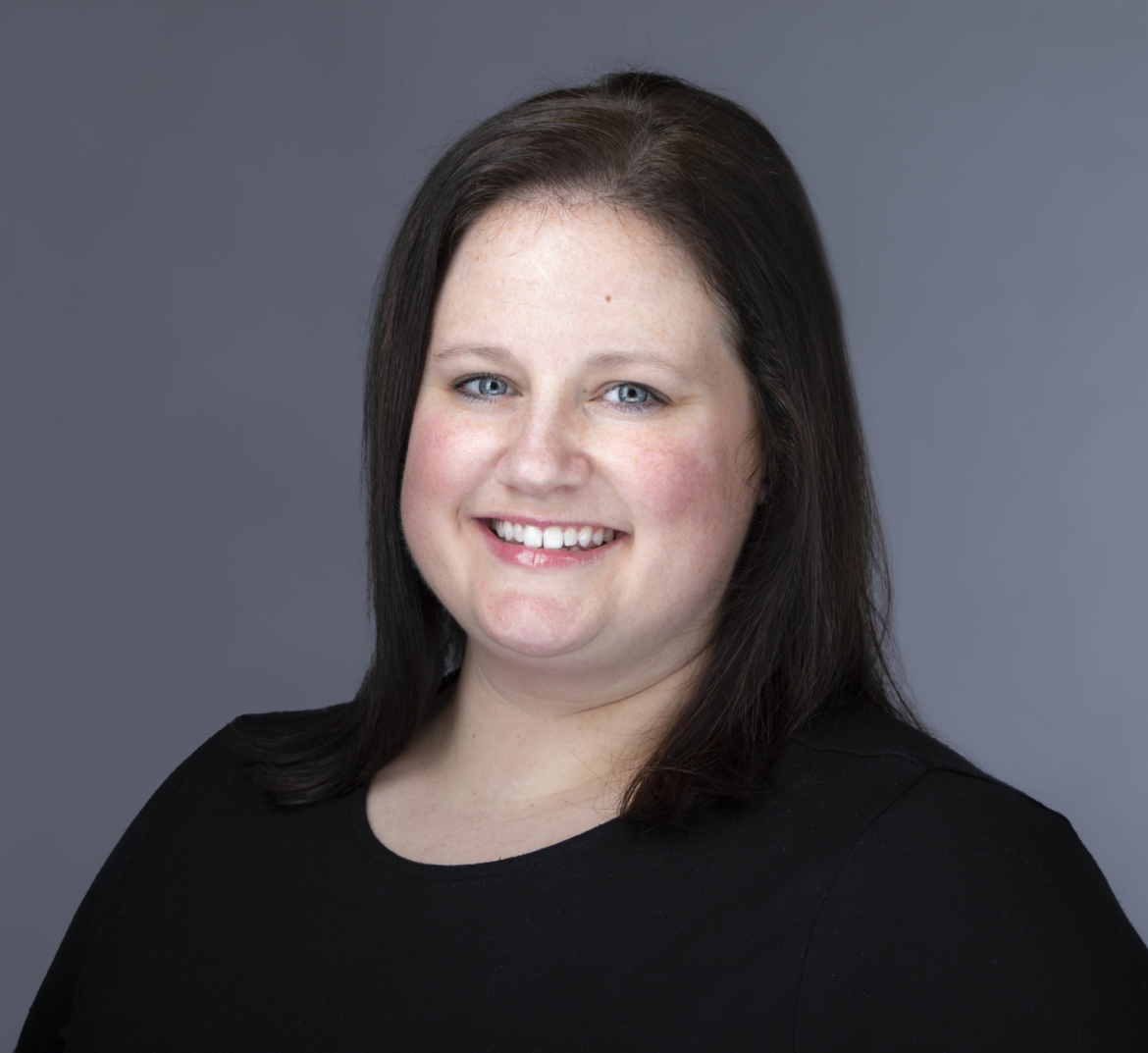
Allison Arend
Lakeshore Middle School
Stevensville, Michigan
aarend@lpslancer.net
Best Practices
1) A best practice at Lakeshore Middle School is our social-emotional learning initiative: The Positivity Project (P2). P2 notes that their “premise is simple but the results will be profound. Together, we will create citizens and leaders who will enhance our communities and country by focusing on character strengths and positive relationships.” The creators of P2 felt that they could make the biggest impact by empowering America’s youth to build positive relationships by seeing the good in themselves and others. Their capacity to “build strong character-based relationships is the cornerstone of health, happiness, and resilience – and will be crucial in meeting challenges of the future.” P2 gets their inspiration from Dr. Chris Peterson, one of the founders of positive psychology. Dr. Peterson often began lectures by stating, “I can sum up positive psychology in just three words – Other People Matter. Period. Anything that builds relationships between and among people is going to make you happy.” By empowering teachers to master the 24 character strengths language and concepts – and equipping them with resources – this drives success in classrooms at Lakeshore Middle School. Character strengths – as classified by positive psychology – are “a family of positive traits expressed through a person’s thoughts, feelings, and behaviors that are universally recognized for the strength that they create in individuals and communities.” Making children aware that every one of them has all 24 character strengths, provides the foundation for genuine self-confidence grounded in self-awareness. At the same time, it helps children better understand why everyone is different and how to appreciate those differences. Unlike our height, weight, or skin color, character strengths aren’t something that can’t be seen with the naked eye. “Therefore, understanding and valuing them – especially in other people – requires a framework of reflection and discussion.” Lakeshore Middle School incorporates P2 into our daily schedule. There is a specific block for it built into the master schedule and a lesson plan is sent out weekly for teachers to follow so that it does not require additional planning on their part. If there are activities that require materials (post it notes, sentence strips, Empathy Bingo), those are prepared ahead of time and left in teachers’ mailboxes. P2 messaging is incorporated daily into our announcements and is part of Family Meeting (an all school assembly) every Wednesday. “By consistently teaching our youth about the character strengths that everyone possesses, they will see people based on the content of their character. This ability will enhance their self-awareness and self-confidence, understanding and appreciation of others, and interpersonal relationships – which will positively influence our youth (individually and collectively) across their lifespans.”
2) A second best practice at Lakeshore Middle School is our multi-tiered system of support (MTSS). This provides a basis for understanding how teachers can work together to ensure equitable access and opportunity for all students to achieve. “MTSS is an integrated, comprehensive framework that focuses on core instruction, differentiated learning, student-centered learning, individualized student needs, and the alignment of systems necessary for all students’ academic, behavioral, and social success.” These systems of support include interventions, supports for Special Education, and support services for English Learners. MTSS offers the potential to create needed systematic change through intentional design and redesign of services and supports that quickly identify and match the needs of all students. Lakeshore Public Schools have committed to refining this work through our PLC (Professional Learning Community) process and through the Lakeshore Excellence Foundation (LEF), have invested in extensive training for the entire staff (Y5-12) over the next three years through Solution Tree. We have dedicated PLC time every Wednesday during late-start and a PLC calendar that allows teachers to meet with their department (6-12 and 6-8) for vertical alignment, course partner, and grade level teams throughout each month. Additionally, we have redone the master schedule so that core teachers at the middle school have common planning with their entire grade level and Team Time with their respective teams for one semester. I look forward to continuing to refine these systems of support through our PLC process and professional development invested on behalf of the Lakeshore Excellence Foundation.


